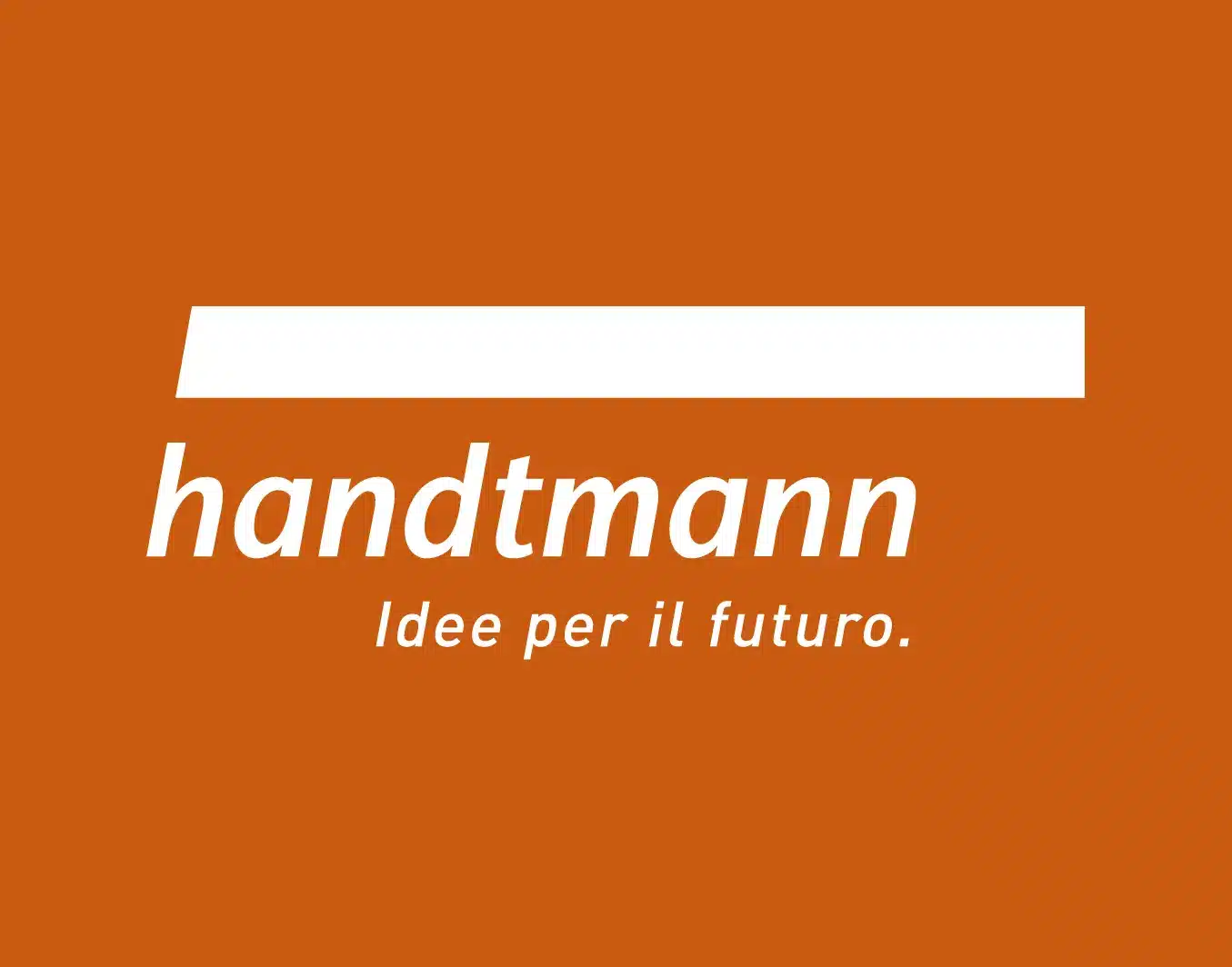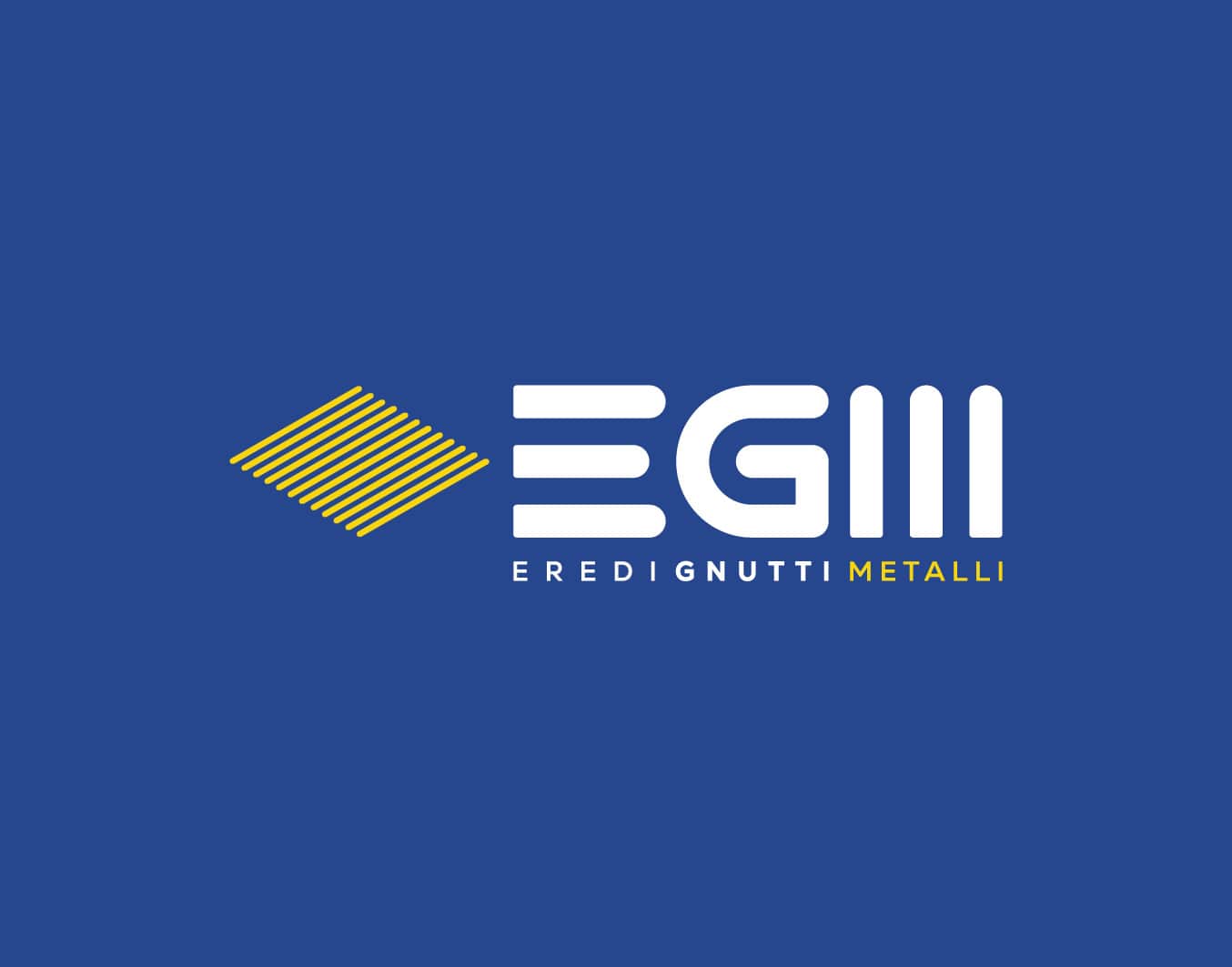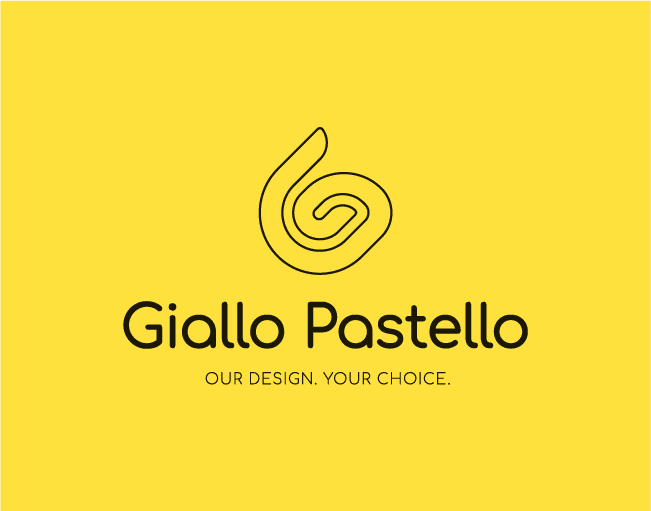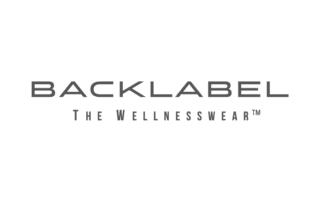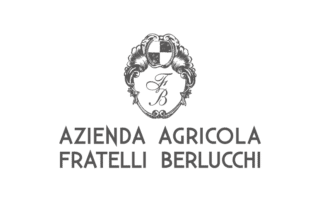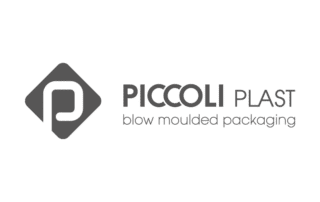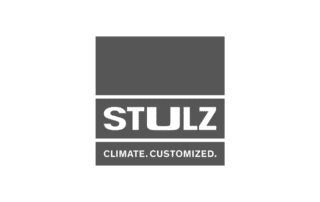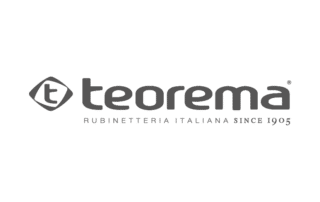Last but not least: bookbinding and packaging
And after printing, whether offset or digital, all we have to do is “tie up the loose ends”, both metaphorically and literally. Binding is the process that allows us, from a set of sheets, to obtain a book, a volume or a catalogue, complete with a cover. In other words, the magic touch.
Since the times of the Amanuensis monks, the binding and cover of a book, in addition to having a purely practical and protective function, have always represented decorative art, manual skills, attention to detail… increasing the historical, artistic and economic value of the volume.
The presence of an in-house bookbinding department gives us the opportunity to shorten delivery times and independently manage most of the processing, thus representing your point of reference for bookbinding in Brescia.
Depending on the type of product to be made, the budget available, the intended use and pure aesthetic taste, we can use different binding methods.
Milled binding
Milled binding, or glued binding, is a binding technique that consists of gluing the sheets of the book block to a paperback or hardback cover.
Before being glued to the cover, the signatures (set of pages) are cut into single sheets on the side of the spine (milling). Elastic or polyurethane glue is then spread onto the cut part so that it penetrates the edges of the pages to create the book block.
Milled binding, or glued binding, is a binding technique that consists of gluing the sheets of the book block to a paperback or hardback cover.
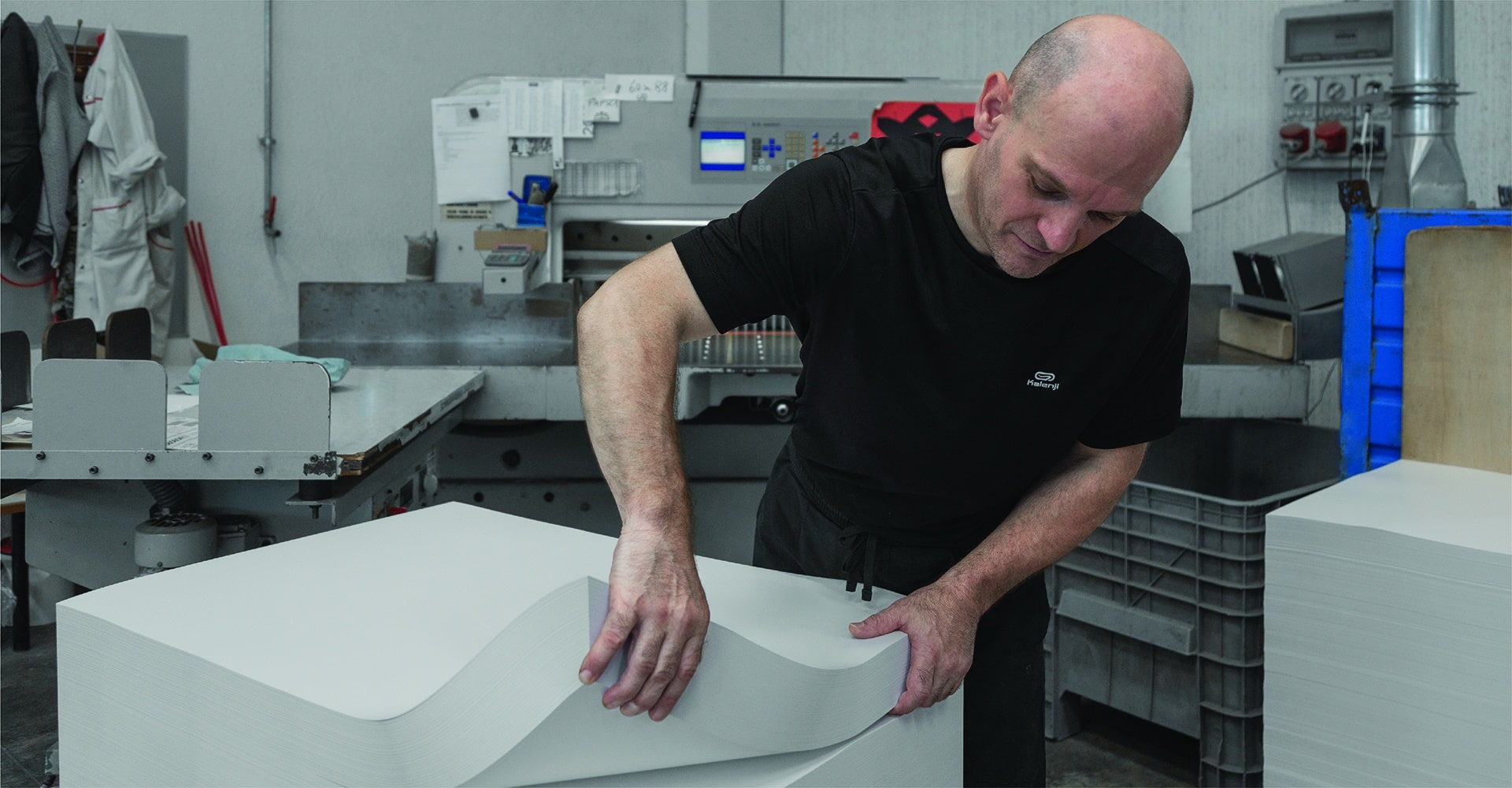
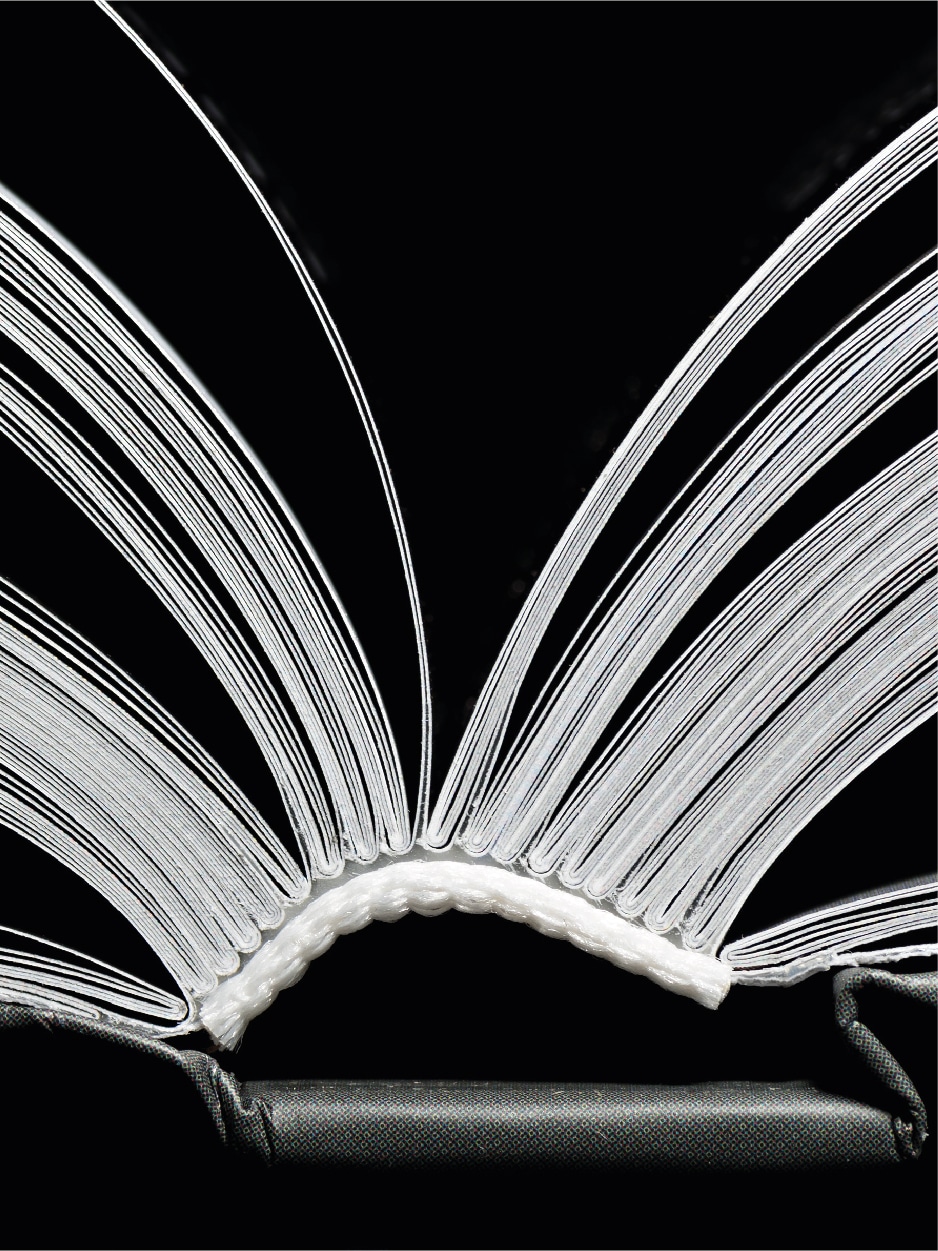
Stitched paperback binding
With stitched or thread sewn binding, the signatures, divided into parts of sixteen or thirty-two, are sewn with a continuous thread (which can be in cotton, hemp, linen, silk or synthetic material) to form the book block, which is then glued onto the paperback or hardback cover. It involves actually stitching the signatures, first individually and then all together, using the same thread.
Thread sewn binding is elegant and very durable. It is ideal for catalogues, books and volumes and, more generally, for a product of both aesthetic and functional value.
Hardback binding
Hardback binding is a method that involves joining the book block to the cover using the inner faces of the cover, to which the book’s end sheets are glued.
The hardback cover consists of a continuous sheet of paper or other material (canvas, imitation leather, etc.) that covers a rigid cardboard case made up of three parts: the front plate (cover), the spine and the back plate. Since the continuous sheet must cover the front and back of the cover, it must be larger than the format of the volume, so that it can be folded inwards.
Hardback binding is considered the most valuable solution for volumes, essays and photographic books, in addition to being the best in terms of strength and durability.
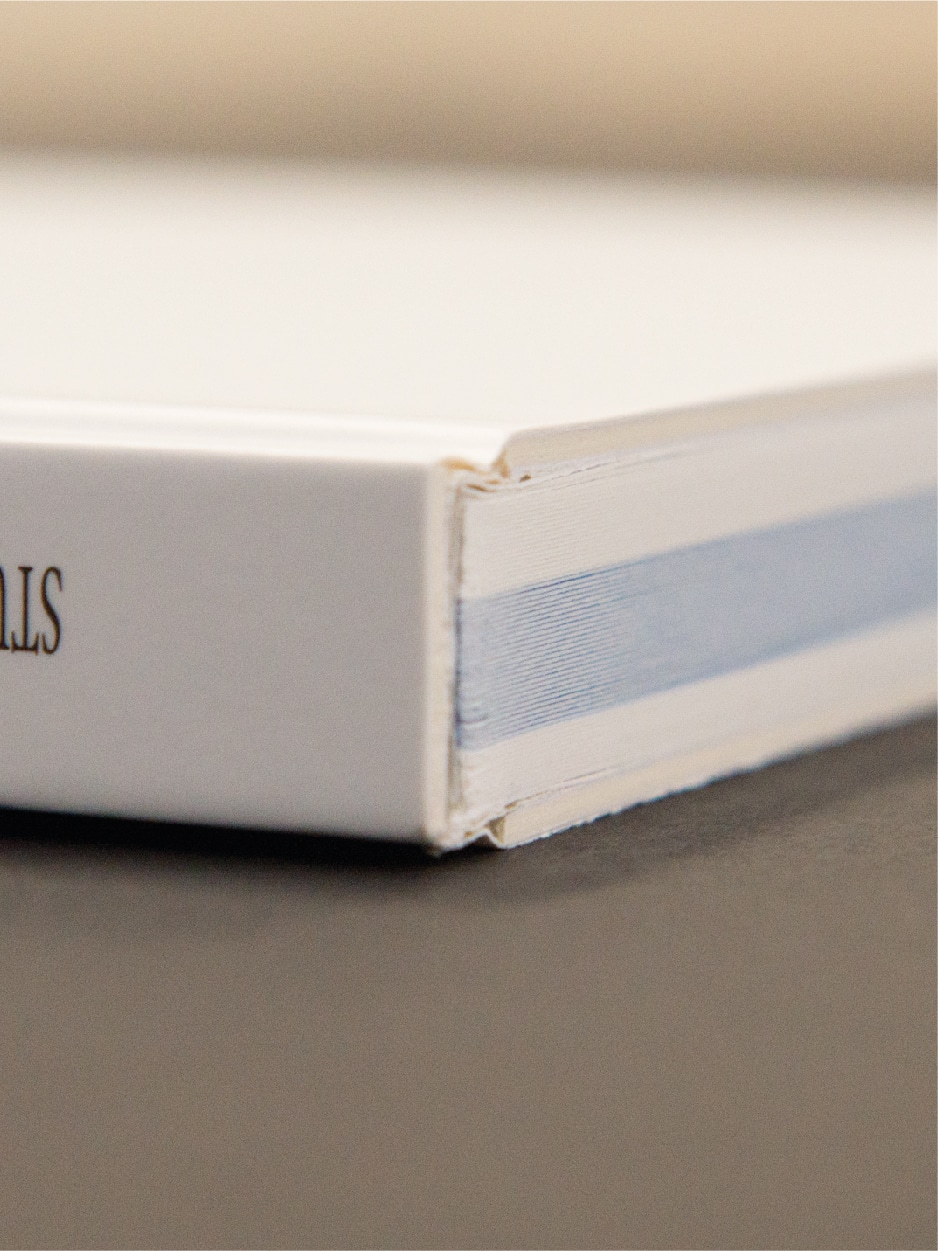
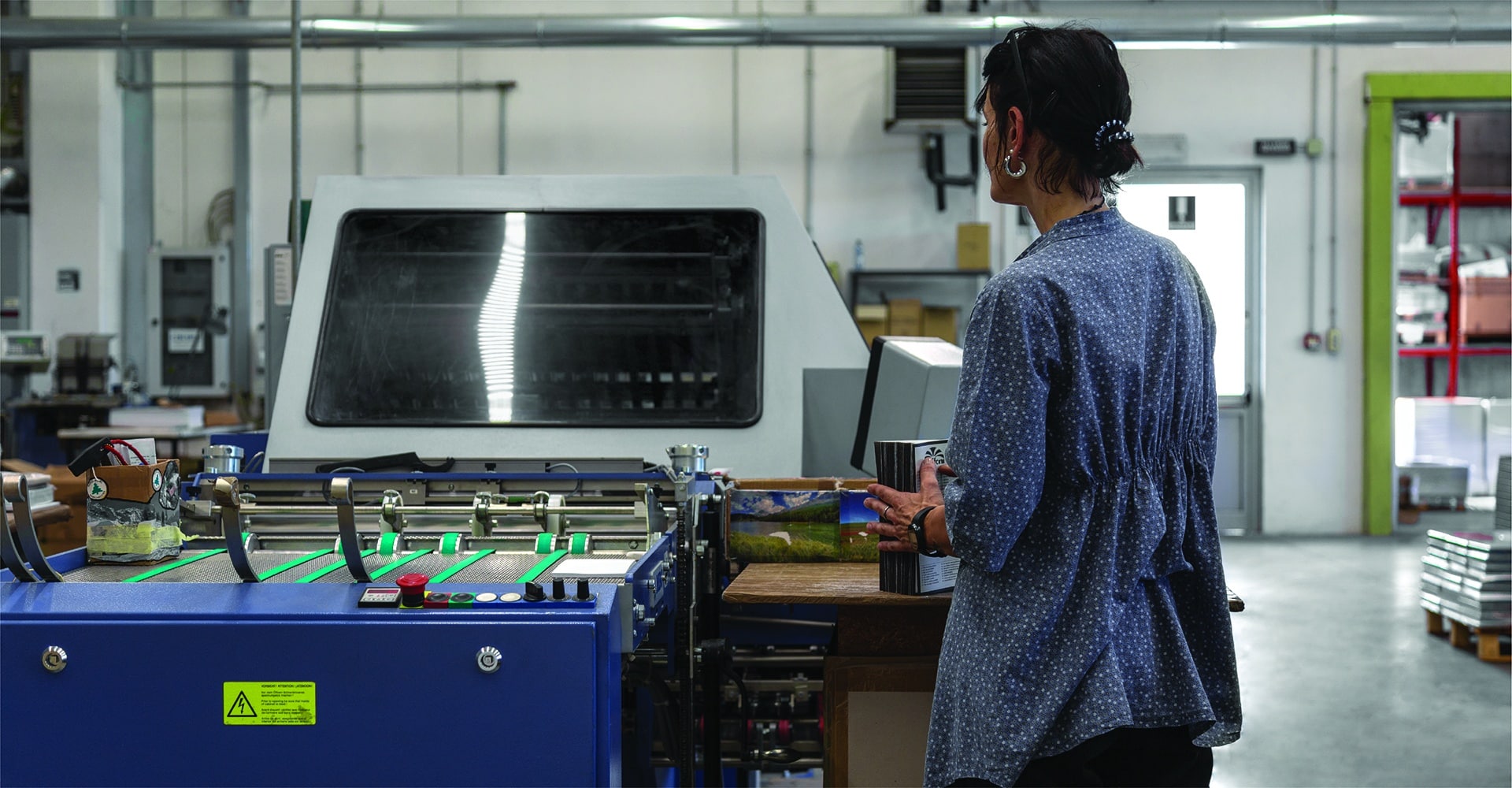
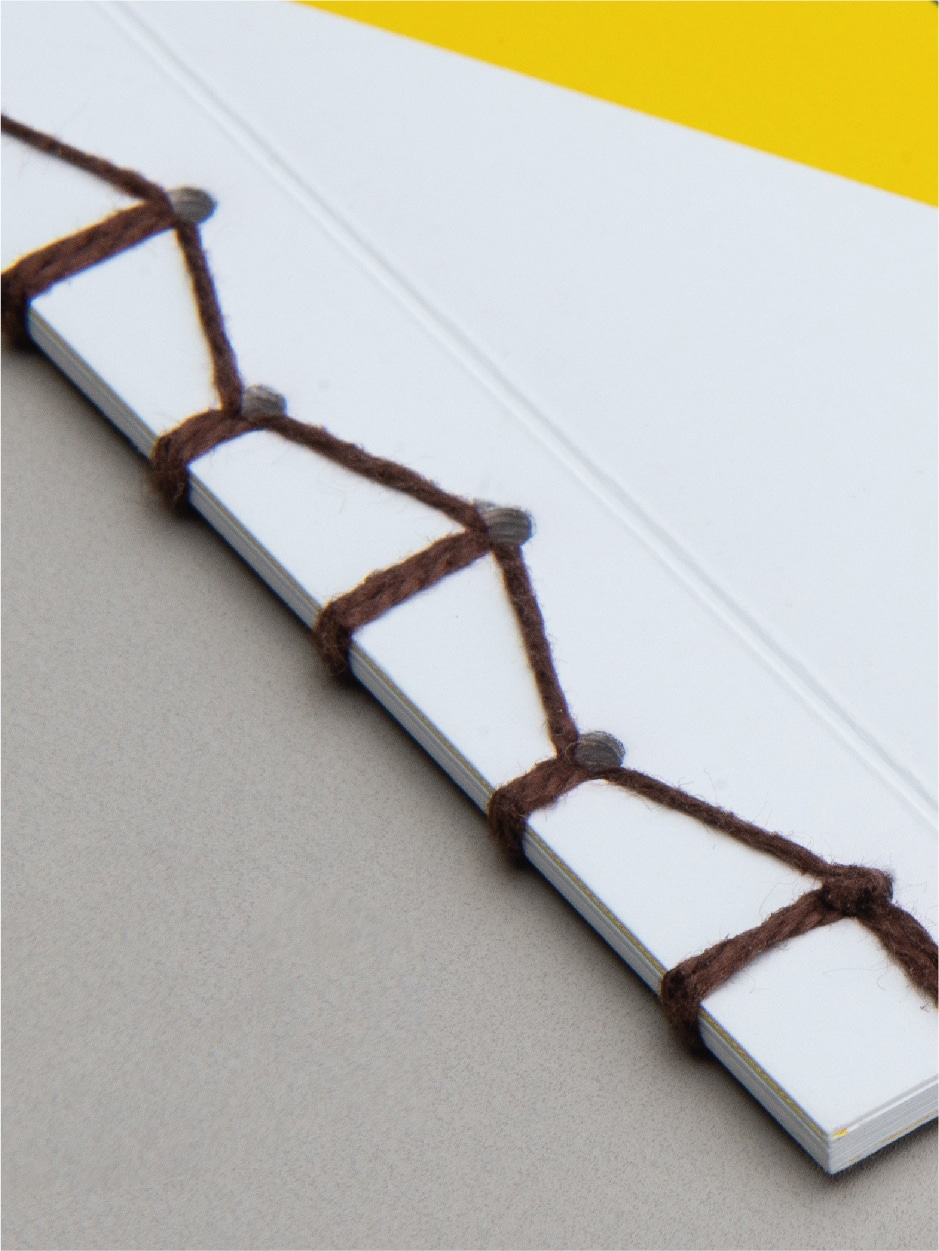
Japanese binding
Japanese binding is a true art; still done by hand today, with extreme patience and precision, it produces an original and striking effect.
The most traditional technique involves the use of a hard cover, sometimes covered in fabric, on which the four holes necessary for the binding are made.
In Japanese binding, the sheets must be folded in two, placed one on top of the other and then secured with paper clips or hooks, so that the four holes on the side correspond to the four holes created on the cover. The pages are then sewn together in a complex process that can be carried out using different techniques. Finally, the cover is added, passing the thread twice through each hole and once to the side.
Swiss binding
In Swiss binding the book block is glued to the spine, which is reinforced with gauze and finished with paper, either neutral or coloured, which covers just the spine or the entire block.
Unlike classic binding techniques, in Swiss binding the cover is only glued to the rear end sheet, leaving both the front cover and the spine free. This allows for the volume and its inner pages to be opened out flat.

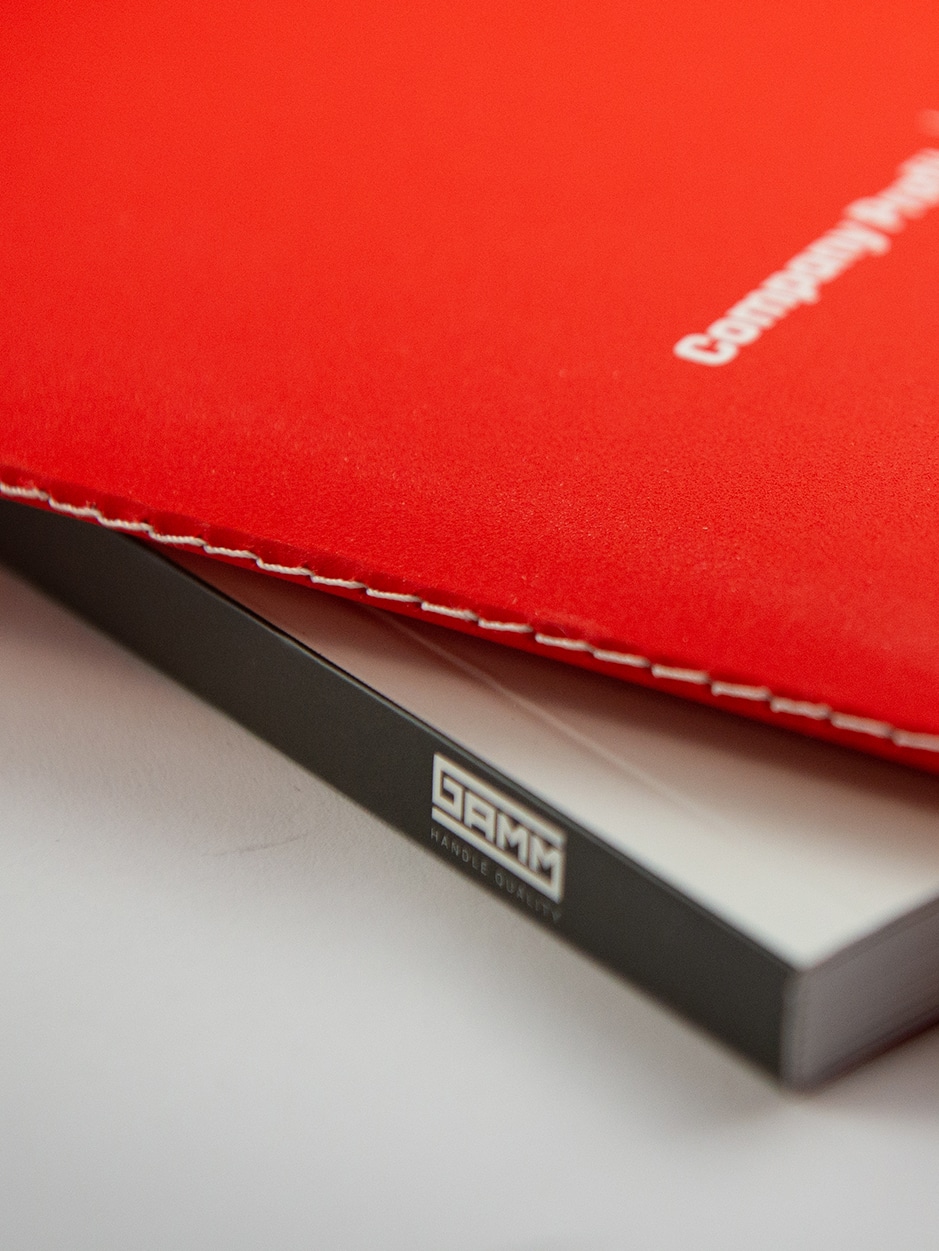
Singer sewn binding
Singer sewn binding takes its name from the historic Singer sewing machine, patented in 1851 for use in the textile industry and “borrowed” by the world of bookbinding.
In Singer sewn binding, the pages are actually stitched onto the spine with the textile machine, giving an original and elegant effect, thanks also to the possibility of using coloured yarns and matching with natural types of paper.
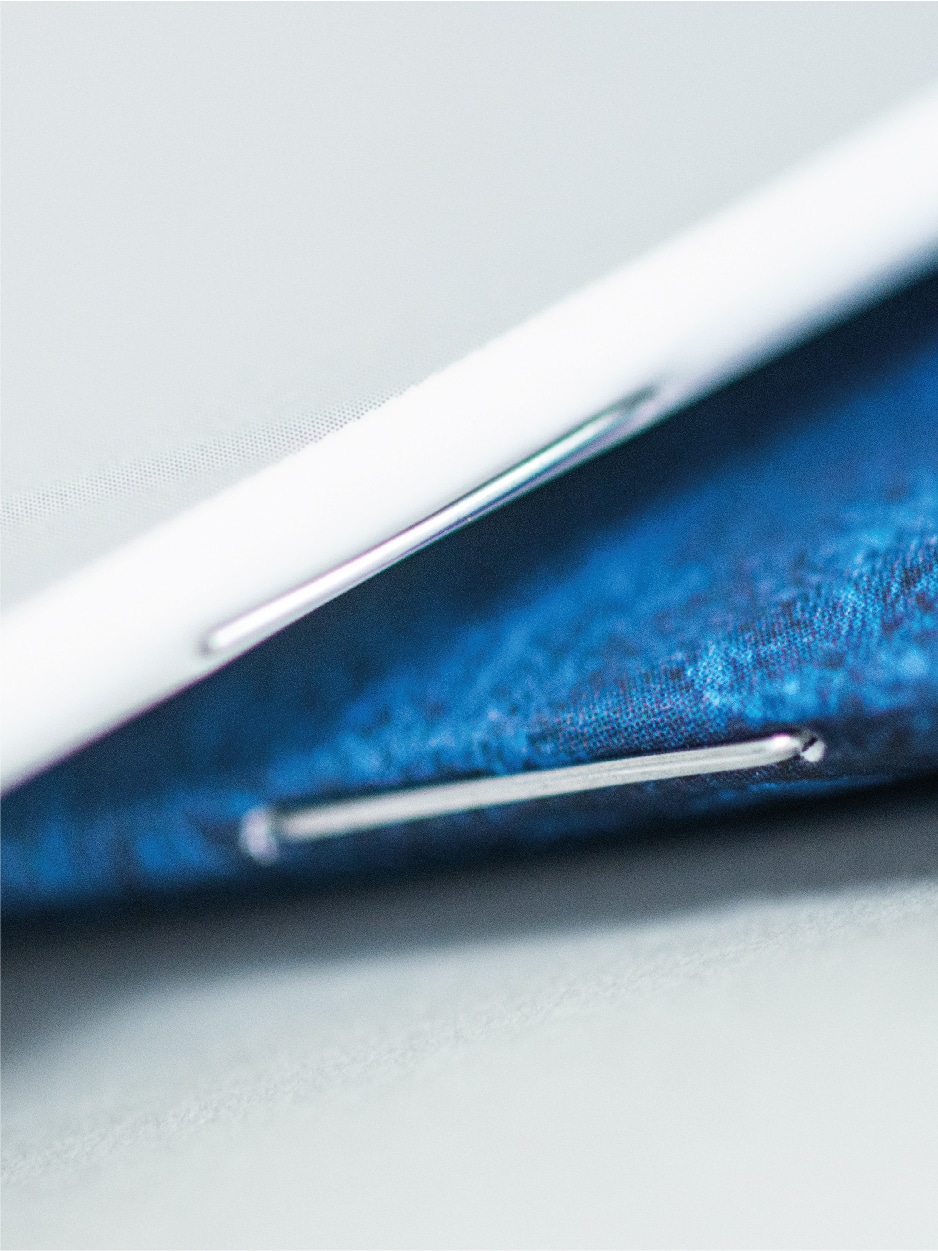
Staple binding
Metal staple binding, or saddle stitch binding, is a very economical technique suitable for publications made up of a limited number of sheets, as the pages and the cover are “stapled” together with two metal staples on the spine. Metal stapling is recommended, for example, for brochures, pamphlets and small catalogues.
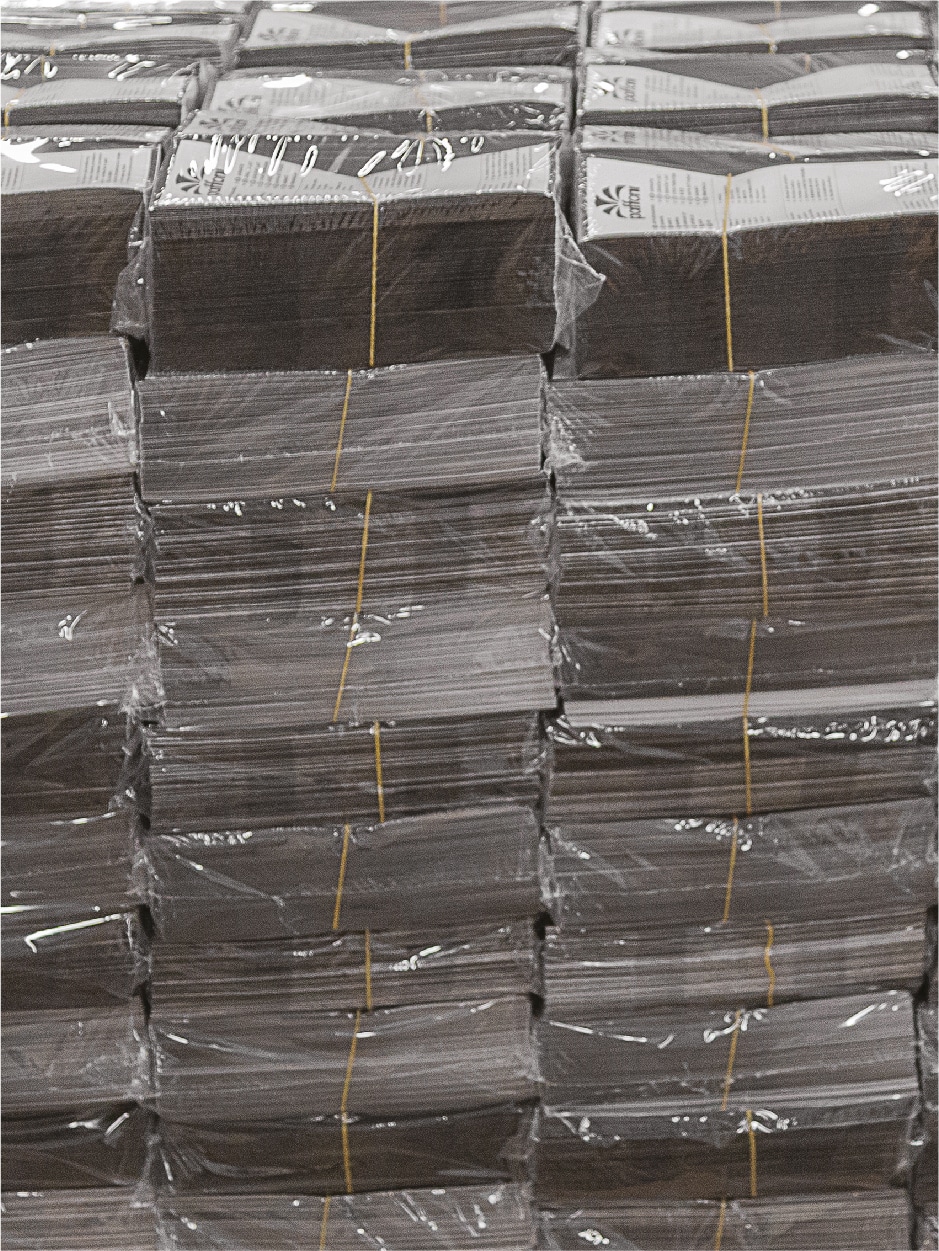
Mailing
After printing all the copies of your magazine, your brochure or your catalogue, we can also take care of the mailing process: cellophane wrapping of individual copies, application of the address and shipping to your customers, even limited to some companies or geographical areas… don’t worry, we’ll take care of it!
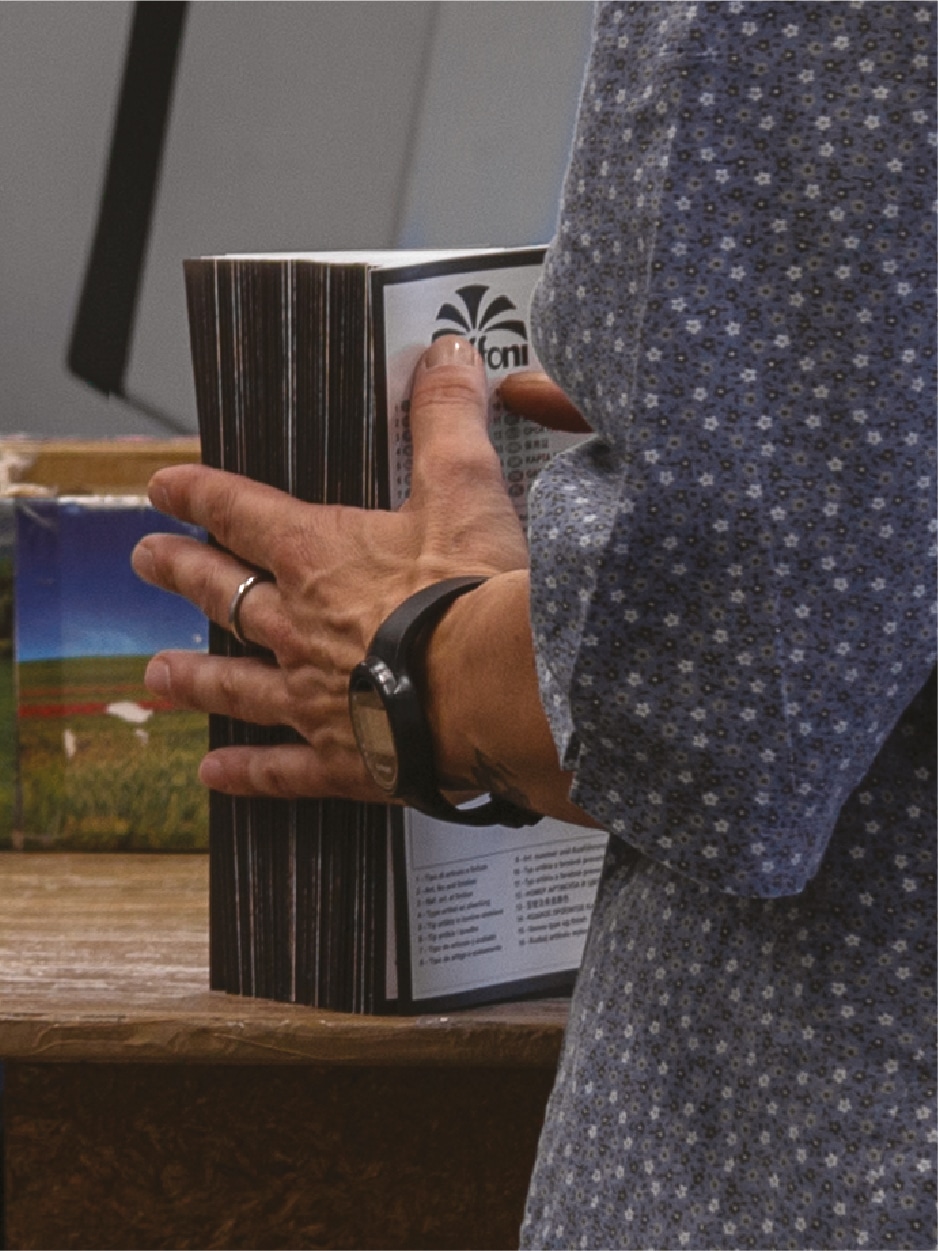
Manual kit assembly
What if, for Christmas, you want to send all your customers a kit that includes, for example, a catalogue, calendar and gadget? Enough said! We will take care of manual assembly of the material and package everything with cellophane or cardboard, depending on the size, and we will mail it.





